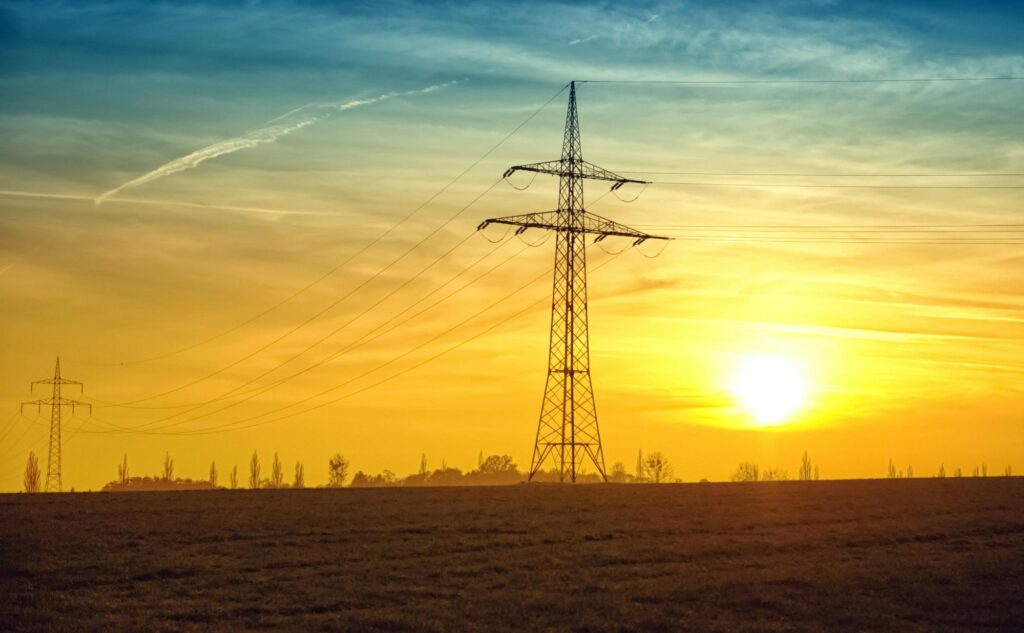Understanding your electricity bill can often be frustrating. Yet, this monthly mystery doesn’t need to remain unsolved. With a straightforward explanation, you can unlock the secrets of your energy statement and become the master of your household budget. This deceivingly complex document breaks down the details of your electricity consumption and billing in a way that’s not always self-explanatory. But by identifying the key components, you can develop an informed strategy for reducing costs and improving energy use.
Breaking Down the Basics
At the heart of every electricity bill is your energy consumption, often expressed in kilowatt-hours (kWh). This figure indicates the total amount of electricity used in your home over the billing period, typically a month. Key to understanding your bill is recognizing how many kWh you’re consuming and what each costs.
The consumption component starts with a base charge – a fixed rate you’ll see regardless of how much or how little electricity you’ve used. This covers the cost of infrastructure and maintenance by your energy provider. On top of this come variable charges based on your actual consumption. In simple terms, the more kilowatt-hours you use, the more you pay. Monitoring these trends can help you adjust usage patterns to lower your costs.
Another factor that contributes to your overall charges is seasonal variation. During certain times of the year, such as summer or winter, energy use can spike due to heating or cooling demands. Being aware of these shifts and planning ahead can help prevent unexpected expenses. Using natural light, sealing drafts, and optimizing thermostat settings can be practical steps to mitigate these effects and bring efficiency to your household practices.
Additionally, understanding electricity costs can be multipronged. If you’re in Texas, it’s useful to choose a Texas electricity plan that aligns with your consumption trends as well as your budget needs. Exploring various plan options can help better manage and predict your monthly expenses.
The Enigma of Tariffs
The next piece of your electricity bill puzzle is the type of tariff plan you’re on. Tariffs can differ dramatically, with the most common being fixed and variable rate plans. A fixed-rate provides stability, guaranteeing the same rate per kWh regardless of market changes. Alternatively, variable rate plans fluctuate with market prices—this can be beneficial at times when energy costs drop but might pose a higher risk when they rise.
Beyond these, there are more specialized options like time-of-use plans. These adjust rates based on the time and day electricity is used. By aligning usage with off-peak hours, homes can exploit lower rates and see significant savings. Knowing your tariff plan intimately can point the way to managing your electricity expenses more strategically.
It’s also worth considering green tariffs which tie bills to renewable energy sources. These could support wider environmental goals and potentially provide various incentives. While green tariffs might initially appear more expensive, they represent an investment in sustainable practices that could yield long-term savings and contribute positively to ecological efforts.
Unmasking Fees and Adjustments
Several fees may pepper your electricity bill, some more mysterious than others, ranging from small taxes to elaborate adjustments. Understanding these charges is vital. Taxes and regulatory fees are often government-imposed and non-negotiable. Distribution charges might also appear; these are the costs of transporting electricity from the power source to your home.
Incentives or penalty charges are also common. For example, some bills may include penalties for high emissions or incentives for adopting greener energy sources. Scrutinizing these charges can reveal opportunities for purchasing alternative energy or other behaviors to minimize extra costs.
At times, you might find additional adjustments linked to things like past billing reviews or service improvements. These adjustments are often accompanied by detailed explanations to assist you in comprehending deviations in account activity. Moreover, remaining vigilant about such adjustments can help identify discrepancies and ensure accurate payments.
Deciphering the Meter Reading
Meter readings are vital in determining the accuracy of your electricity bill. Traditionally, a meter reader visits your premises, recording power consumption. However, a digital system might now automatically relay data to your utility provider. Keeping a close watch on these readings ensures you are billed only for the amount of electricity used.
If you spot anomalies in meter data, raise them with your utility company promptly. Mastering this aspect can prevent errors, turning your bill from a cause of confusion into a tool for account leadership.
Your meter can also provide insights into your consumption habits. By regularly checking readings and maintaining a record, you can recognize patterns and make more informed decisions. If your utility offers smart meters, these can provide real-time data, allowing for immediate action to curb excessive usage and gain greater control over your energy budget.
Taking Control of Your Consumption
Armed with a clear understanding of the components of your electricity bill, you’re equipped to transform how you interact with it. Small steps can make a difference: using energy-efficient appliances, turning off lights, and unplugging idle devices are beneficial habits. Programming thermostats effectively can also substantially trim costs over time.
As you embrace this new knowledge, periodic check-ins on your consumption can keep your budget on track, benefiting from insights inadvertently offered by your monthly bill. You hold the power to turn that paper statement into a source of savings and sustainable living habits.
Furthermore, empowering the entire household to participate in energy-saving practices can amplify results. Educating family members, establishing guidelines for peak-time usage, and setting energy-saving challenges can make the process engaging and inclusive. Over time, these small changes can lead to significant reductions in energy expenditures, underscoring the benefits of being an informed consumer.

